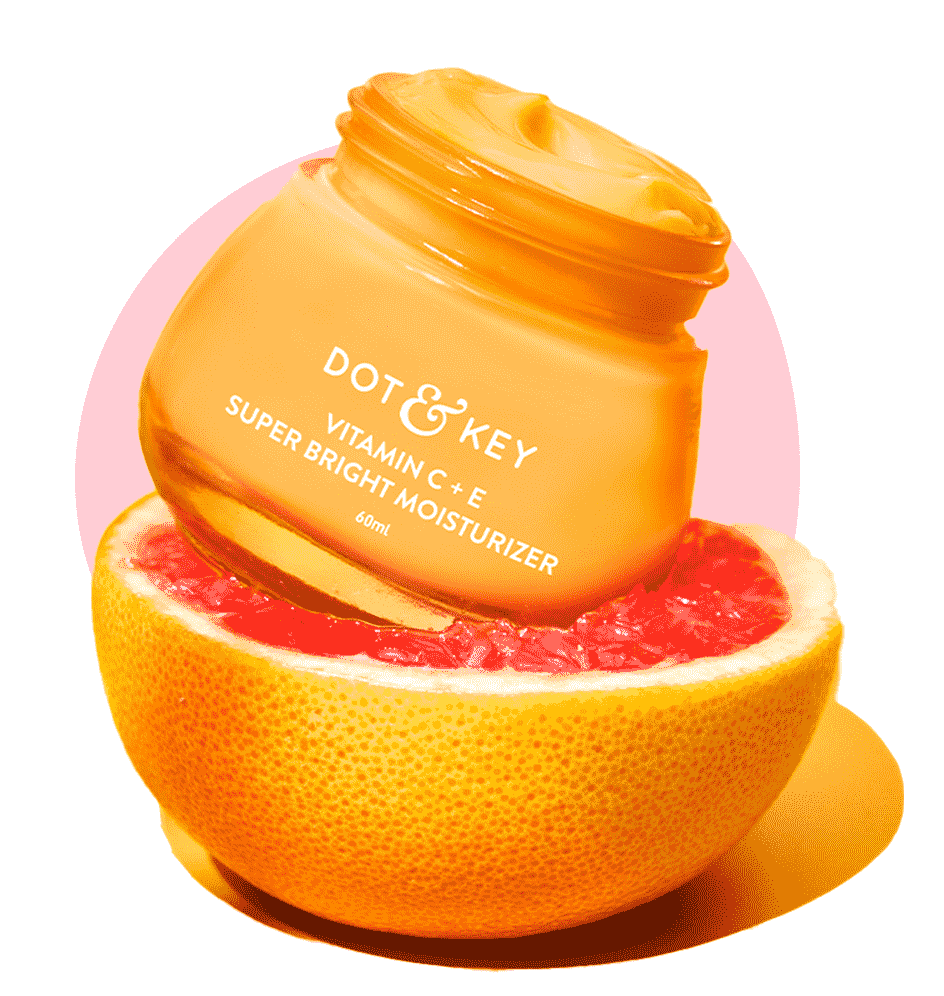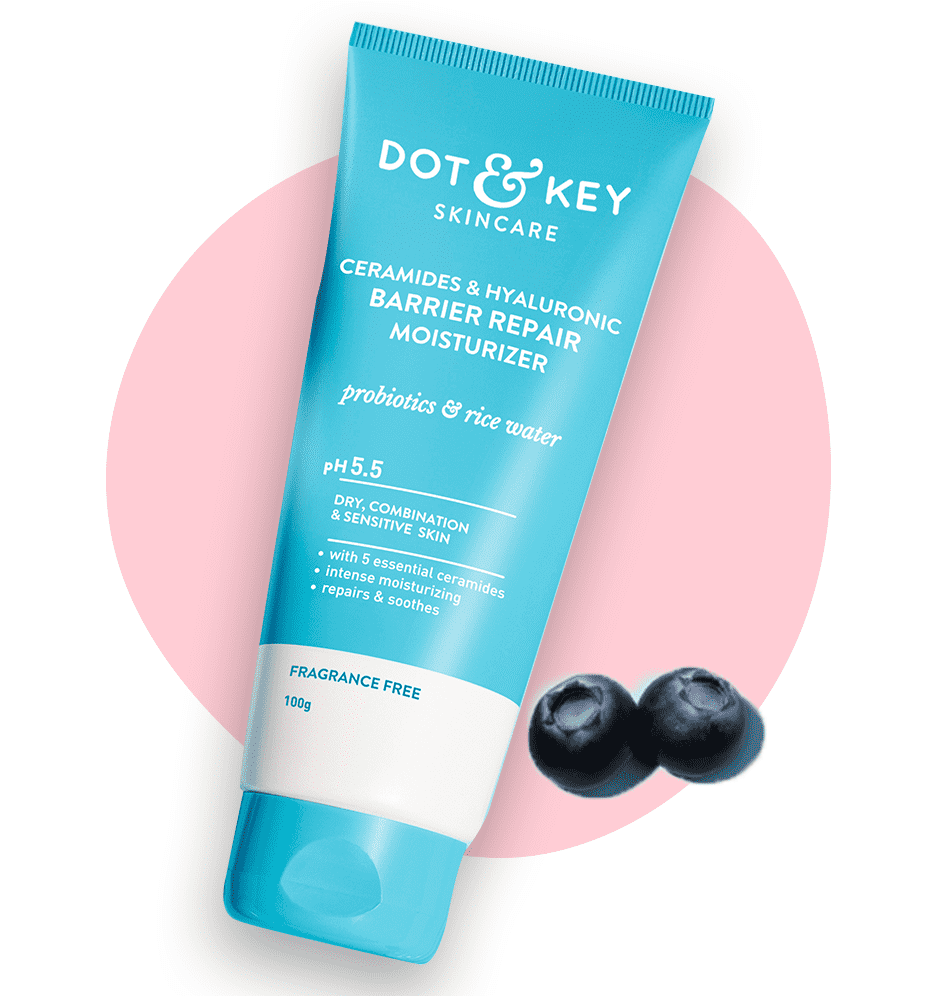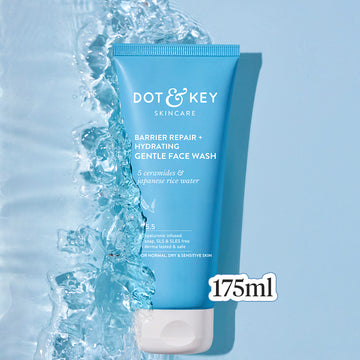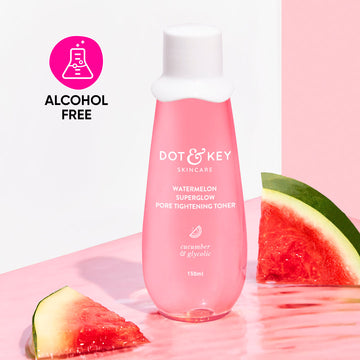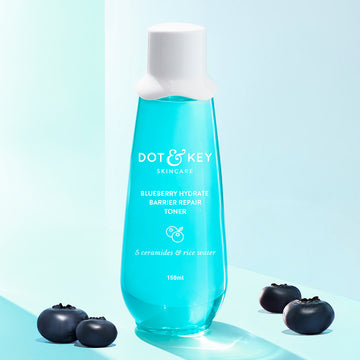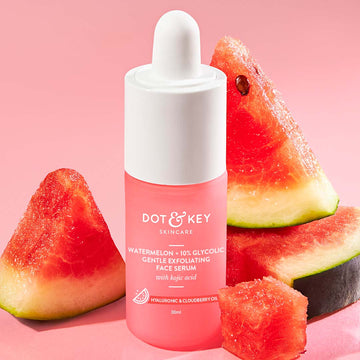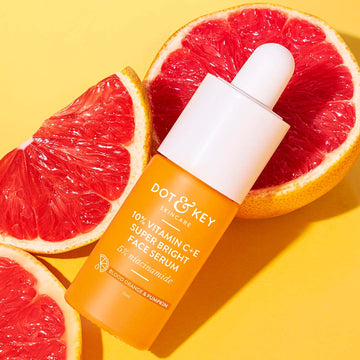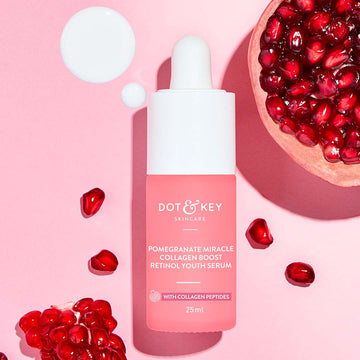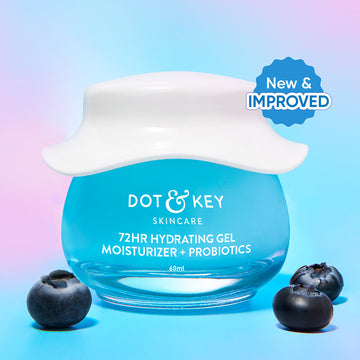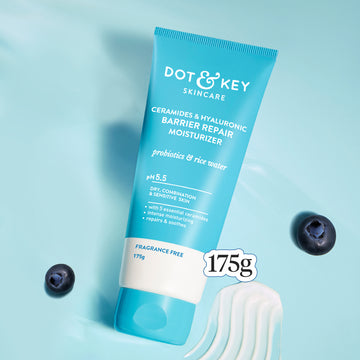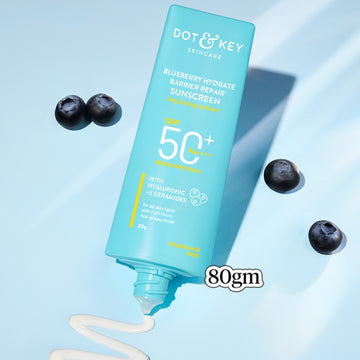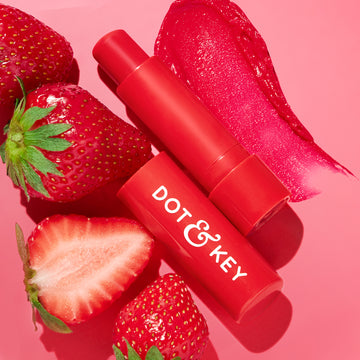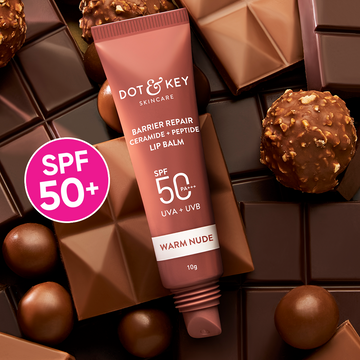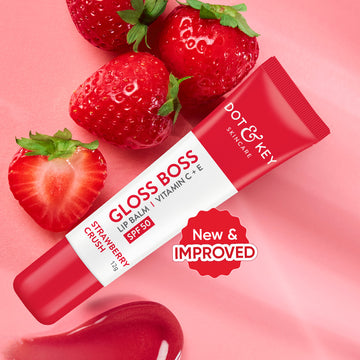
Starting your day with the right skincare routine can make a world of difference, especially when you have combination skin. Balancing oily and dry areas is challenging, but the right products and steps can help keep your skin glowing and healthy. In this guide, we'll explore the causes of combination skin and take you through a step-by-step morning skincare routine designed specifically for your skin type. Let's make your mornings easier and your skin happier!
What Causes Combination Skin?
Combination skin is a common skin type where some areas, usually the T-zone (forehead, nose, and chin), are oily, while other areas, such as the cheeks, may be dry or normal. The root cause of combination skin lies in the difference in oil (sebum) production in different parts of your face. Genetics play a significant role, but environmental factors, lifestyle choices, and hormonal changes also contribute to this skin type.
Key Causes of Combination Skin:
-
Genetics: Genetics are the most common cause of combination skin. Some people are naturally predisposed to having oily areas in the T-zone and dry or normal skin on the cheeks.
-
Hormonal Changes: Hormones can have a big impact on your skin. Fluctuations in hormone levels, especially during puberty, pregnancy, or menstruation, can increase sebum production in some areas while leaving others drier. A study published in Dermato-Endocrinology links hormonal changes to increased sebaceous gland activity.
-
Climate and Weather: Changes in temperature and humidity can affect your skin’s oil production. Hot and humid climates often lead to more oil production, while cold, dry weather can leave parts of your skin feeling tight, dry and flaky.
- Use of Harsh Products: Using skincare products that strip the natural oils can cause your skin to overcompensate by producing more oil in certain areas. This imbalance is often seen with harsh cleansers or products with strong alcohol content.
Step-by-Step Morning Skin Care Routine for Combination Skin
Step 1: Cleanser
The first step in any skincare routine is cleansing. For combination skin, choose a gentle cleanser that removes excess oil from the oily zones without over-drying the drier areas. A study in the Journal of Cosmetic Science shows that gentle, hydrating cleansers are more suitable for combination skin as they provide a balanced cleansing effect.
How to Do It:
- Wet your face with lukewarm water.
- Squeeze out a small amount & apply a gentle, sulfate-free cleanser, like Dot & Key's Hydrating Gel Facewash.
- Gently massage in circular motions for 20 seconds, focusing on your T-zone.
- Rinse thoroughly and pat dry with a clean towel.
Products
Step 2: Toner
Toning helps to balance your skin’s pH levels and prepares your skin for the next steps in your routine. For combination skin, an alcohol-free toner is essential to hydrate the dry areas without stripping the oily zones. Look for toners with hydrating ingredients like watermelon + glycolic that gently exfoliate & unclog pores of excess oil.
How to Do It:
- After cleansing, apply the toner to a cotton pad or use your hands.
- Pat gently on your face & neck, paying extra attention to the dry areas like the cheeks.
- Let it absorb before moving to the next step.
Products1
Step 3: Serum
Serums are concentrated treatments that target specific skin concerns. For combination skin, a serum with hydrating and balancing ingredients is ideal. Serums containing glycolic acid gently exfoliate dead skin cells & watermelon helps control excess oil while providing hydration to dry areas. A study from Clinical Dermatology highlights glycolic acid’s benefits for improving uneven skin texture & maintaining the skin's natural ability to retain hydration while reducing oiliness.
How to Do It:
- Apply a few drops of Dot & Key's 10% Glycolic Serum, onto your face.
- Gently press it into your skin, focusing on both oily and dry areas.
- Allow it to fully absorb before moving to the next step.
Products2
Step 4: Moisturizer
Moisturizing is essential, even for combination skin. A lightweight, oil-free moisturizer infused with hyaluronic acid that hydrates skin without clogging pores is ideal. Gel-based moisturizers work well as they hydrate the dry areas while controlling excess oil.
How to Do It:
- Take a small amount of moisturizer, like Dot & Key’s 72HR Hydrating Gel Moisturizer.
- Dot the gel on your clean face & neck, focusing on the cheeks but also ensuring the T-zone is covered.
- Massage gently in an upward motion.
- Let it sit for a minute before applying sunscreen.
Products3
Step 5: Sunscreen
Sunscreen is non-negotiable, no matter the season or the skin type. A broad-spectrum sunscreen protects your skin from harmful UV rays, prevents premature ageing, and helps maintain skin health. Opt for a SPF 50+ water-light sunscreen that reduces the risk of UV-induced damage significantly.
How to Do It:
- Apply sunscreen generously on all parts of your face, neck & other body parts.
- Make sure to cover areas like the forehead and nose, which are often missed.
- Wait for a few minutes before applying makeup or stepping outside.
- Re-apply every 2-3 hours.
Products4
Step 6: Lip Balm
It’s easy to overlook lip care, but your lips need protection too—especially from UV damage. Use a hydrating lip balm infused with ceramides, peptides, shea butter, and avocado oil to keep your lips soft and prevent dryness. Choose a lip balm with SPF 30 or higher to protect your lips from sun damage and reduce lip tanning.
How to Do It:
- Apply a generous layer of lip balm after completing your skincare routine.
- Reapply throughout the day as needed, especially if you’re spending time in the sun.
Pro Tip: Choose a lip balm with UV filters & SPF 50+ protection to prevent sunburn and lip pigmentation.
Products5
FAQs
1. How do I balance the oily and dry areas of my face in the morning?
Use a gentle, gel-based cleanser that removes excess oil from the T-zone while being hydrating enough for the drier areas of your face. Follow with a lightweight, non-comedogenic moisturizer.
2. Should I use different products for the oily and dry areas of my face?
You can use a balancing routine. Use mattifying or oil-control products in the T-zone, and more hydrating or lightweight products in the drier areas to maintain balance.
3. What kind of serum is best for combination skin in the morning?
A lightweight, hydrating serum with ingredients like watermelon & glycolic is ideal. Watermelon helps control oil production, while glycolic acid improves uneven skin texture & hydrates dry areas without sticky or greasy after-feel.
4. Do I need sunscreen if I have combination skin?
Yes, always use sunscreen. Opt for a water-light, broad-spectrum sunscreen with SPF 50+ to protect your skin from UV damage that controls excess oil without clogging pores.
5. How often should I exfoliate combination skin?
Exfoliate 2-3 times a week to remove dead skin cells, reduce tan and prevent clogged pores. Use a gentle chemical exfoliant, like lactic or glycolic acid, focusing on the T-zone without over-drying the skin.








